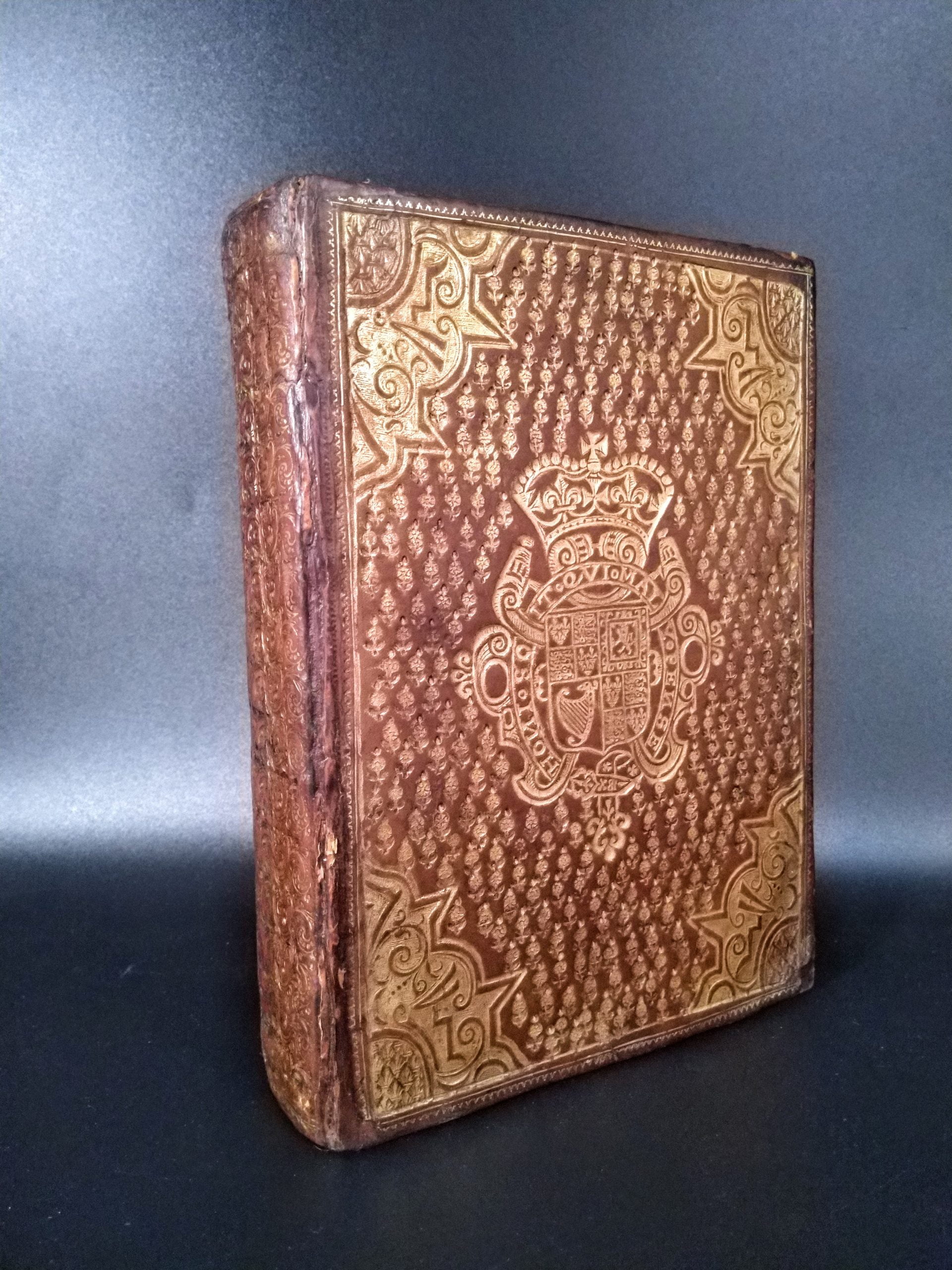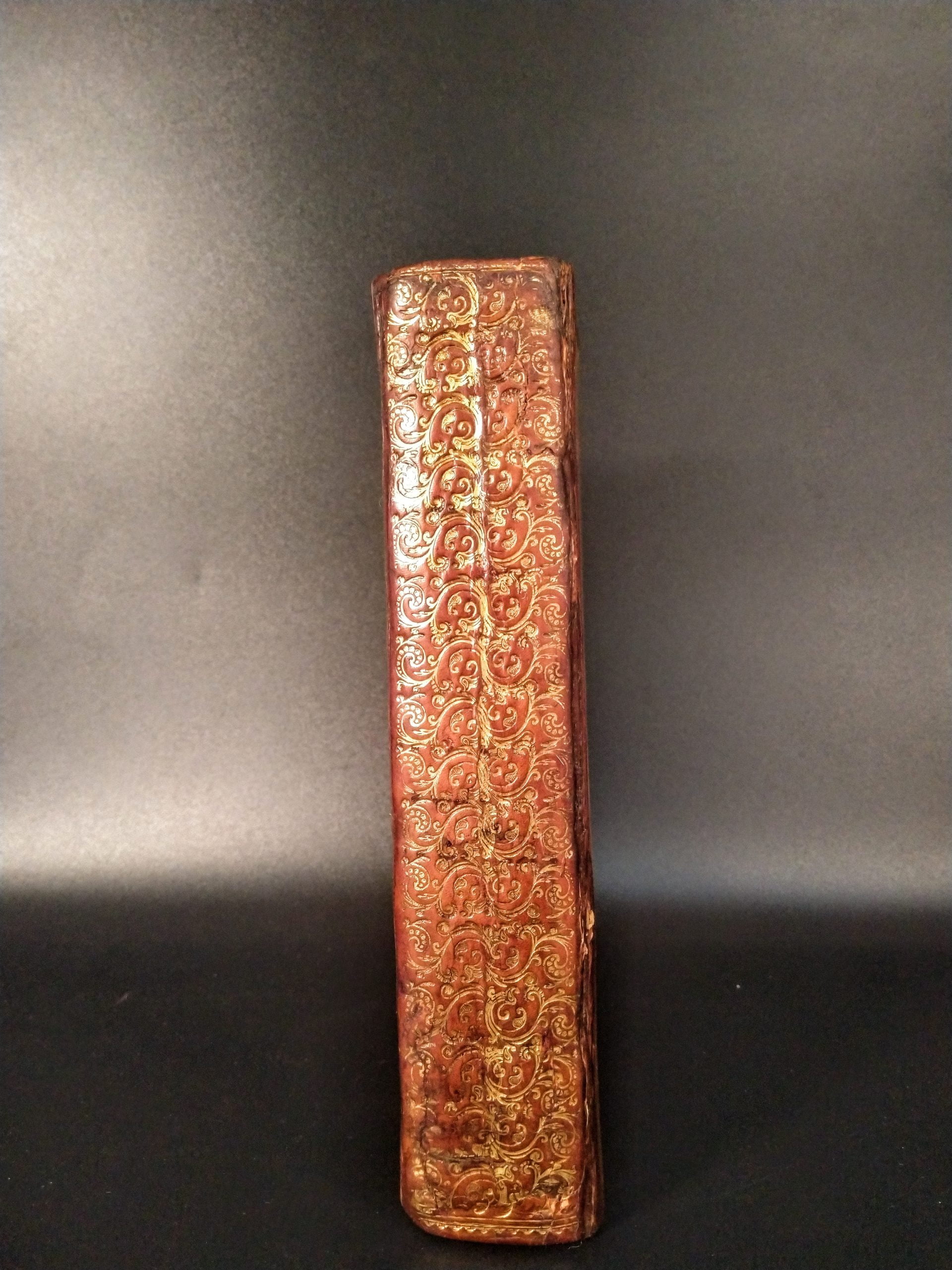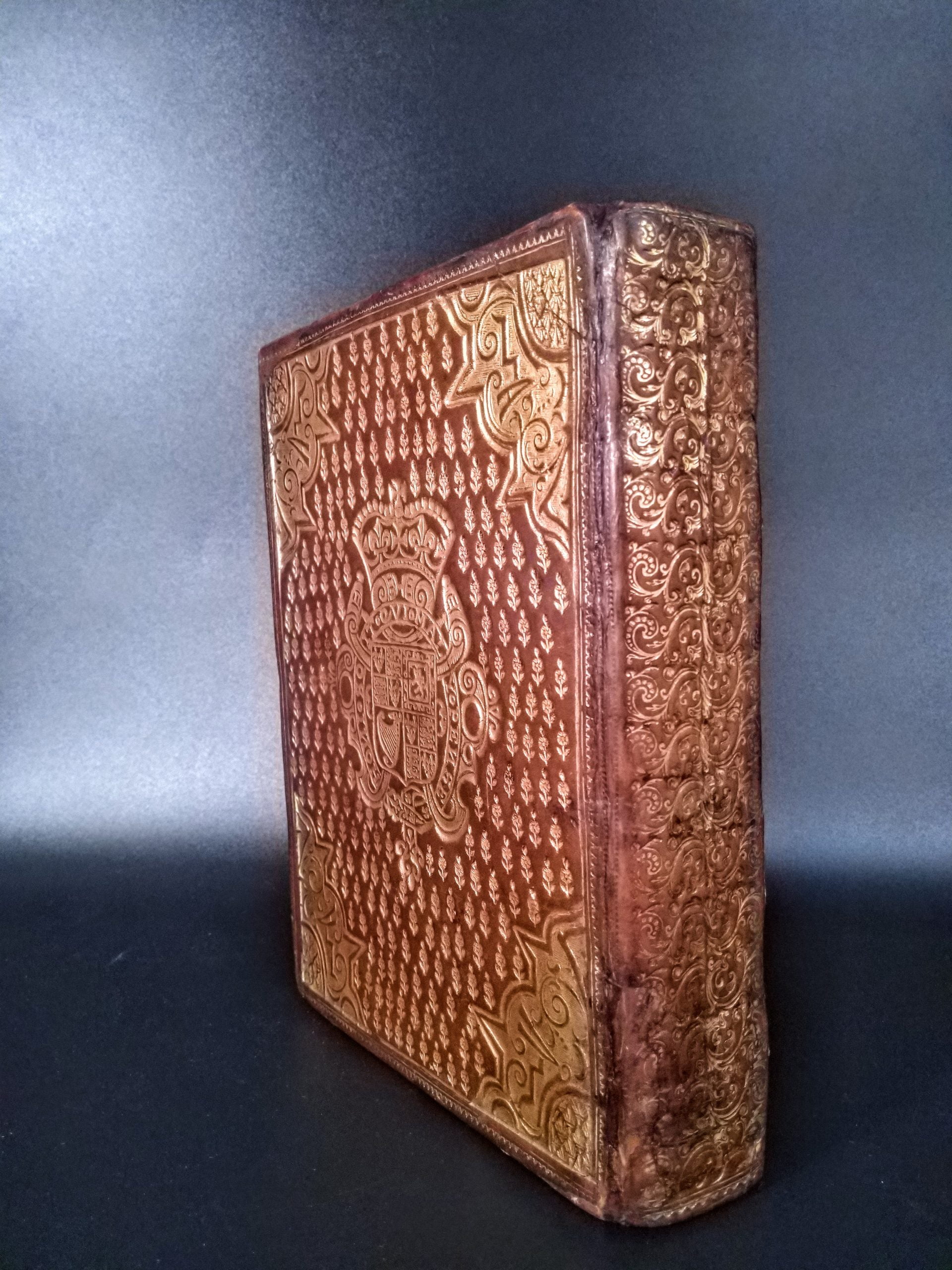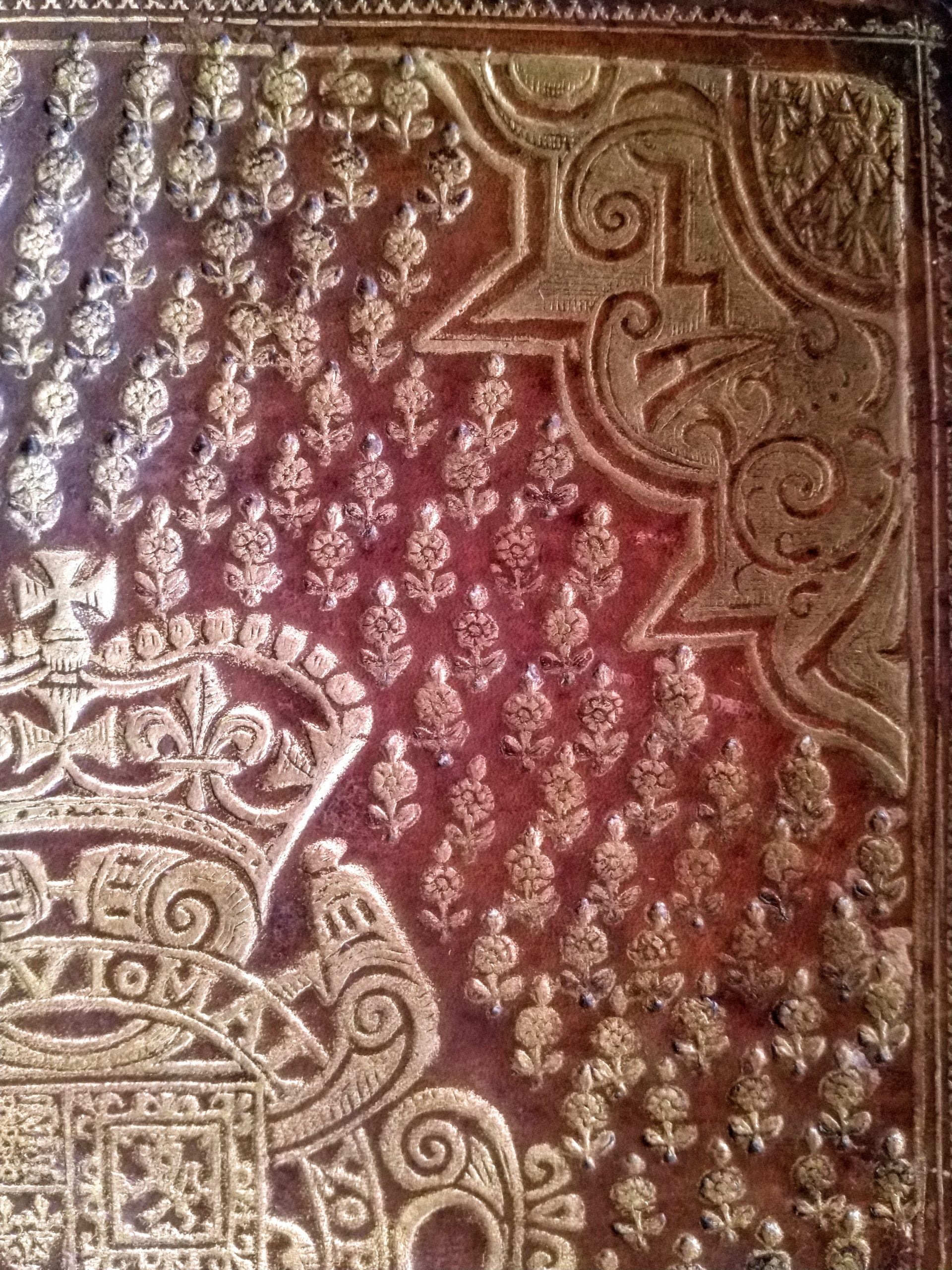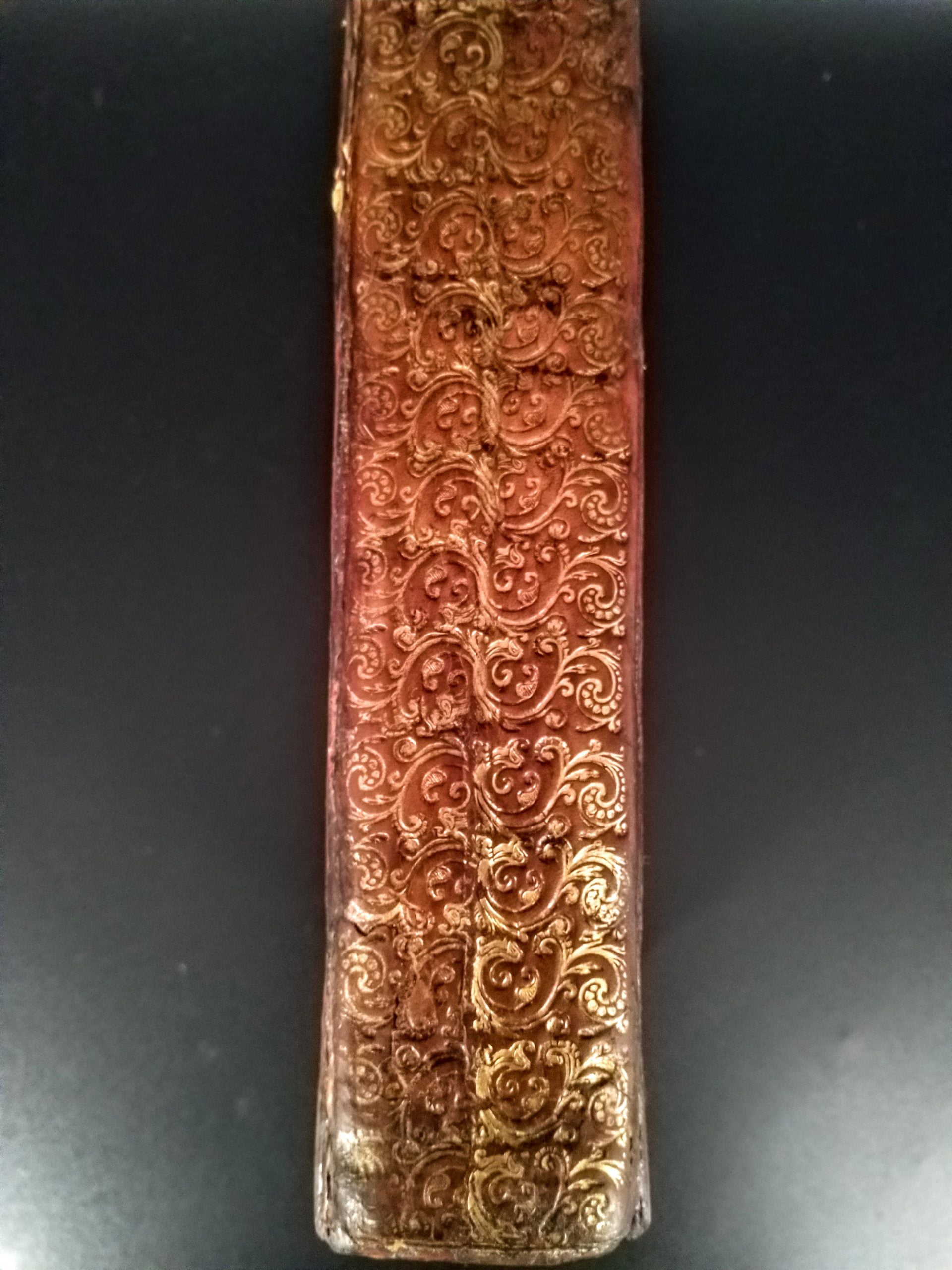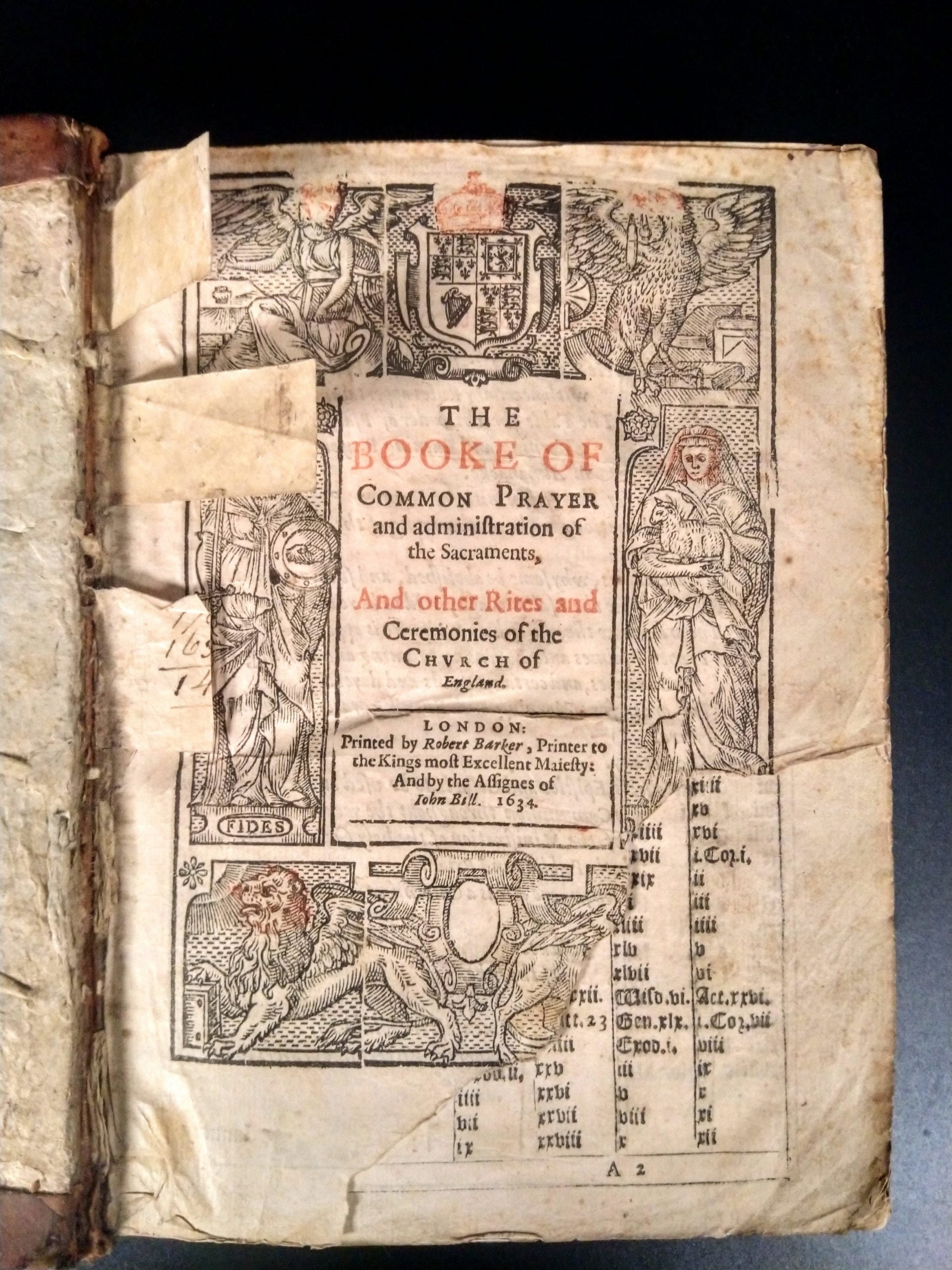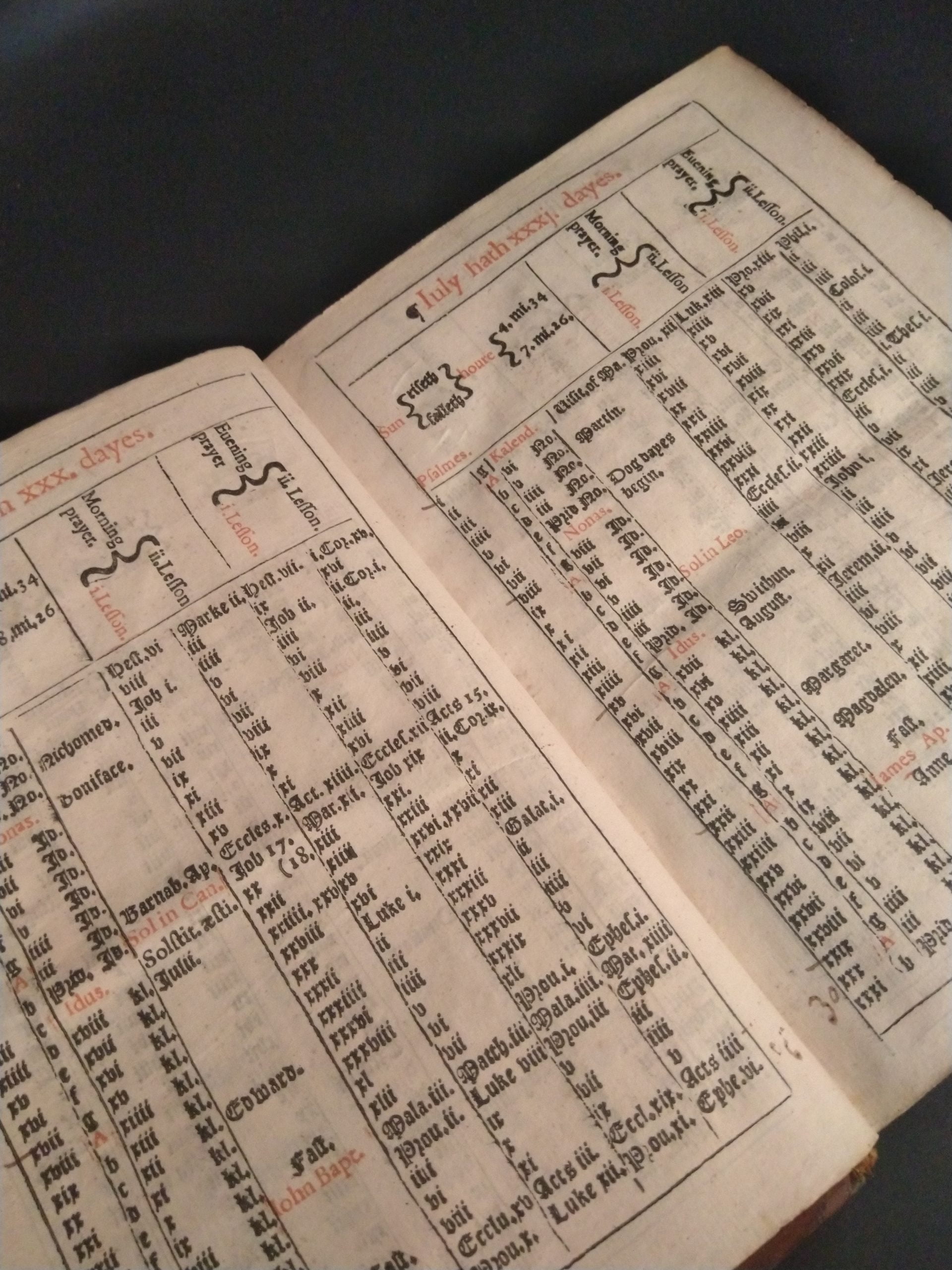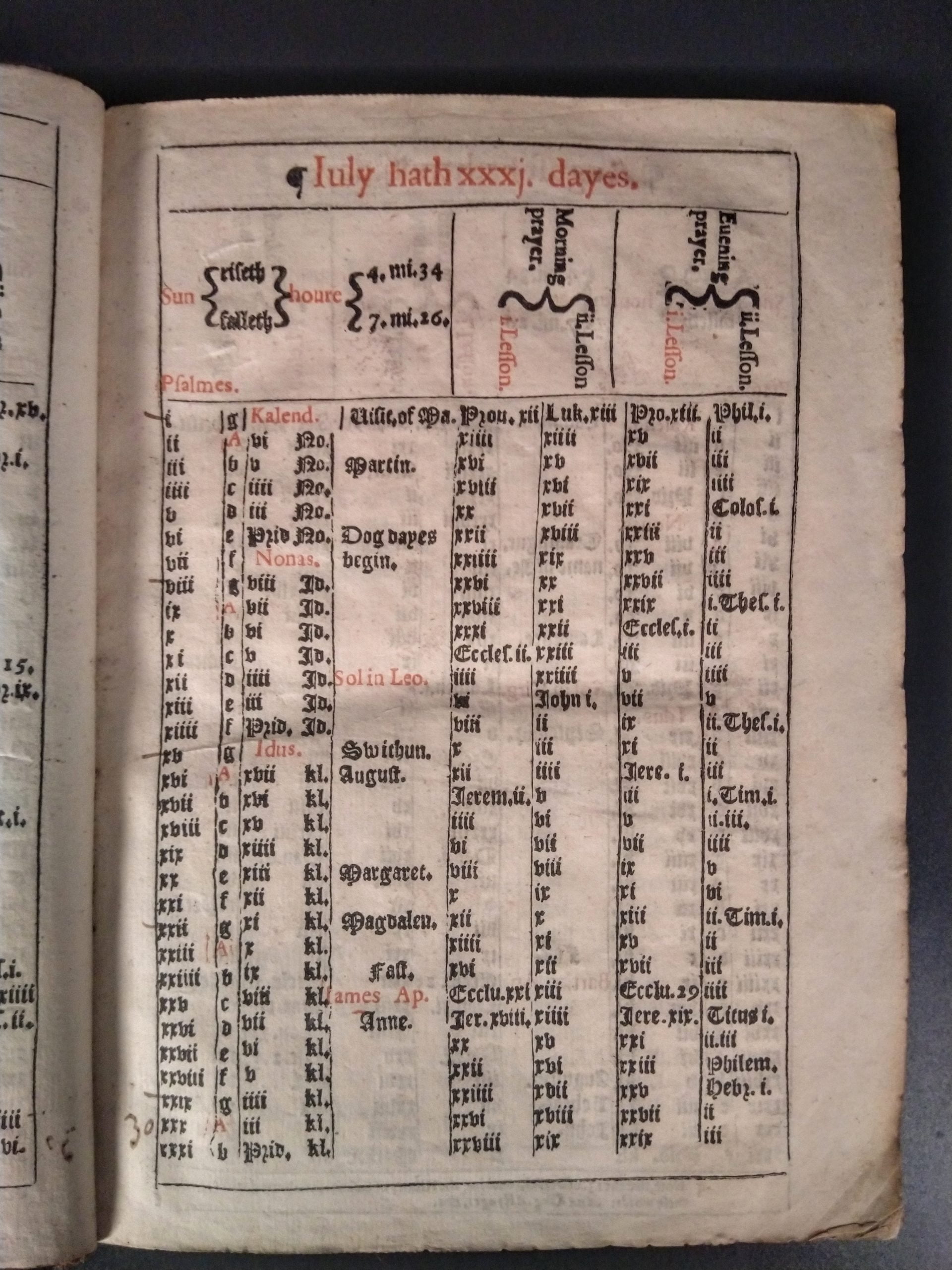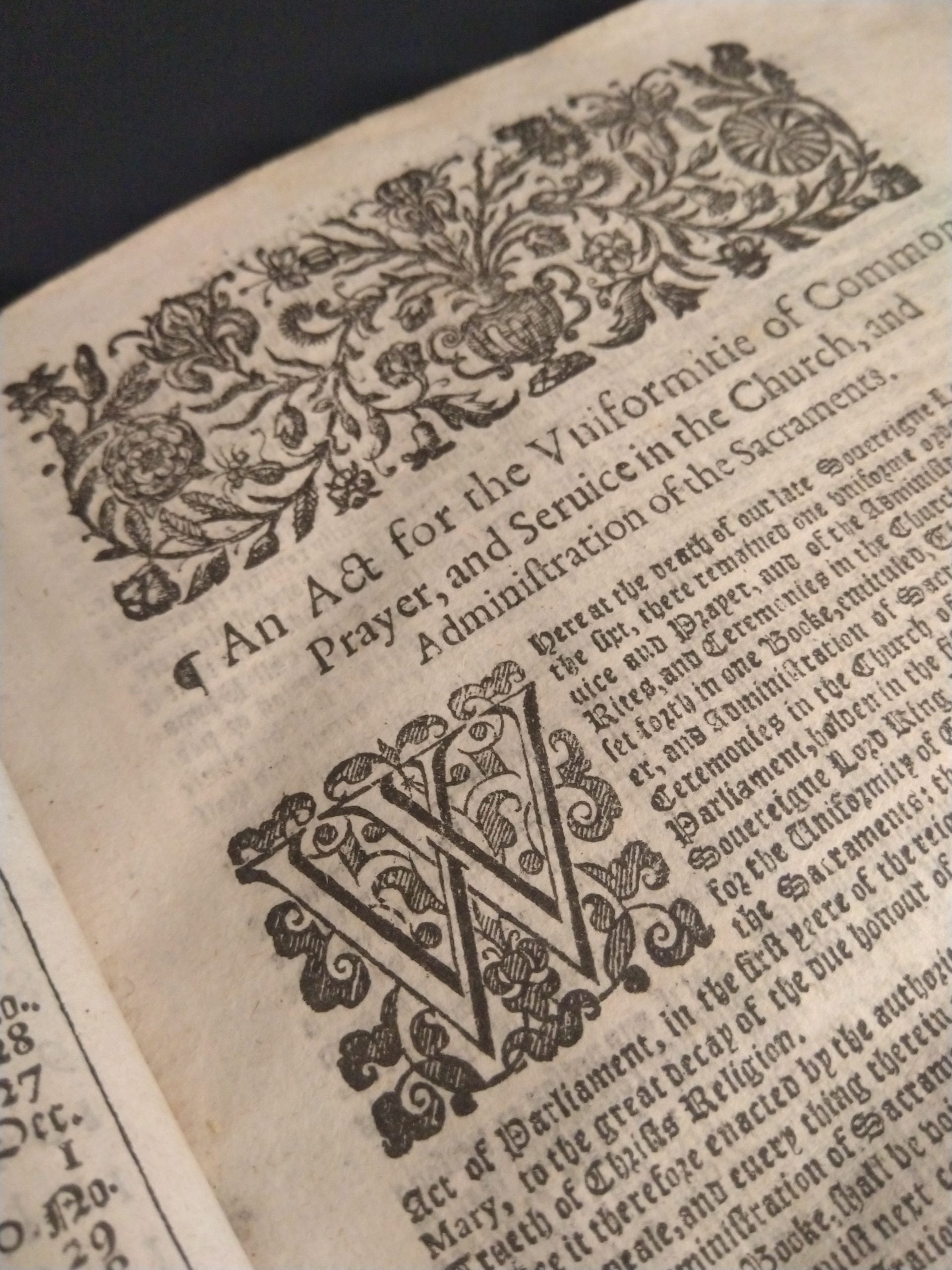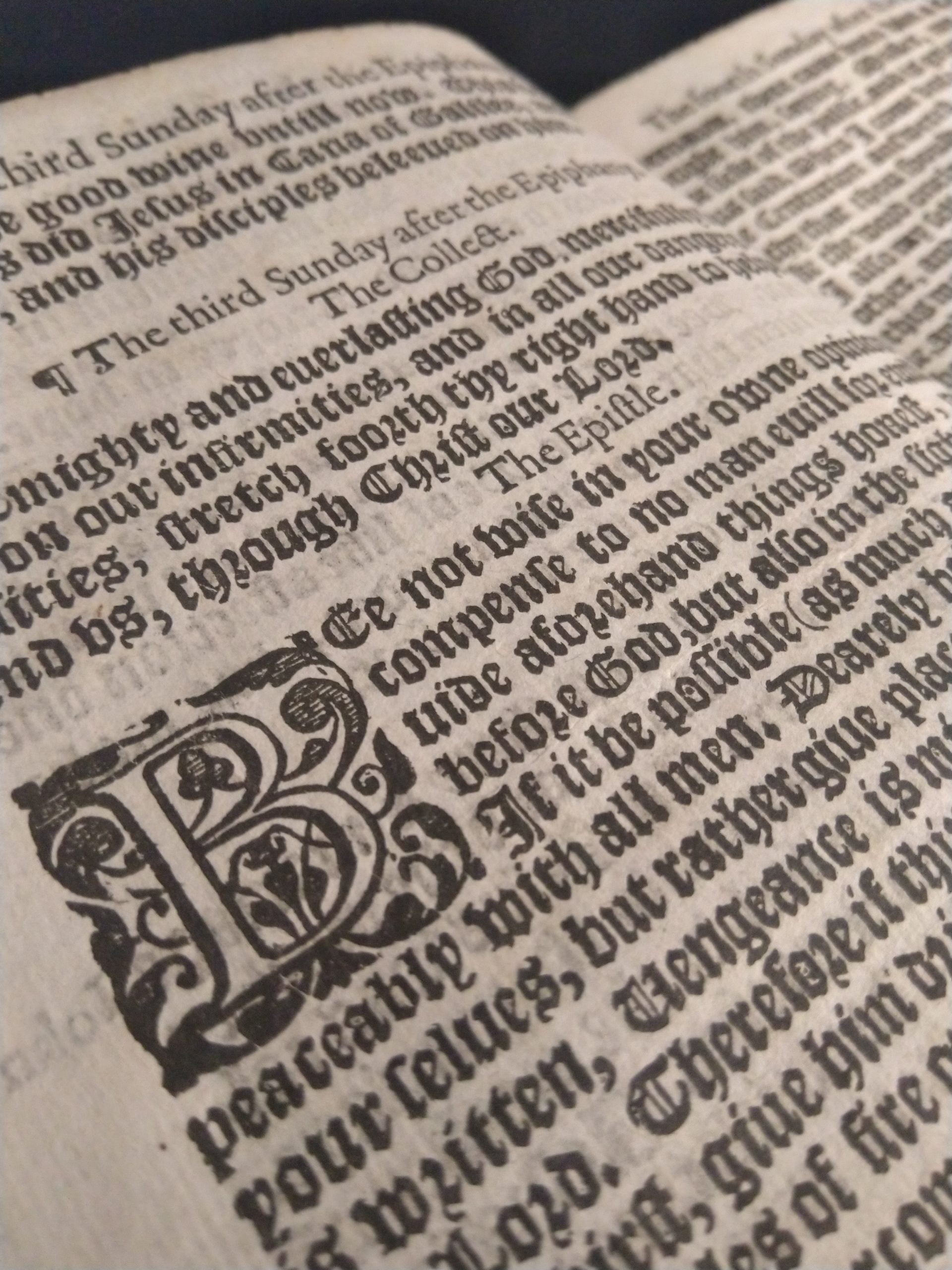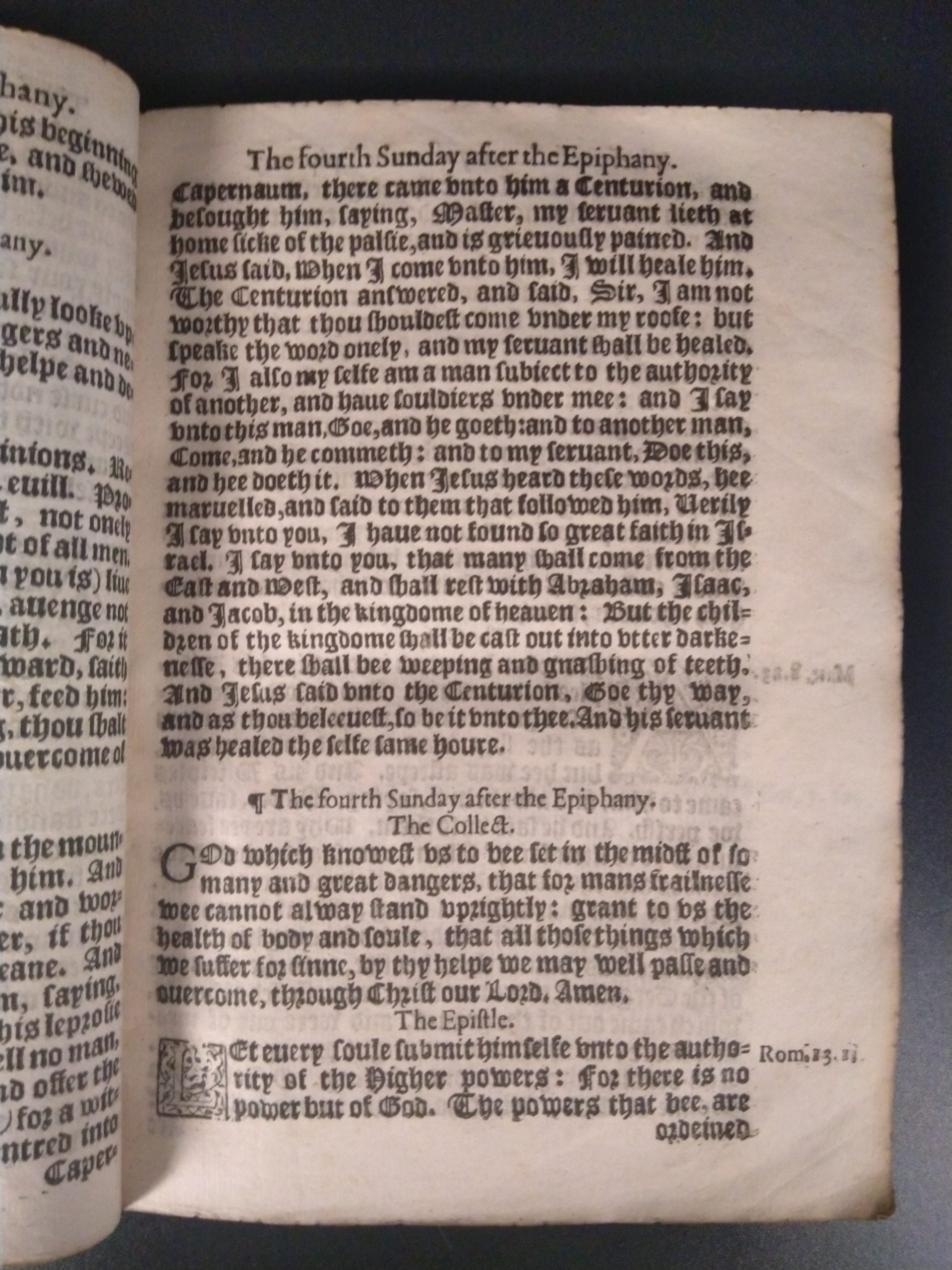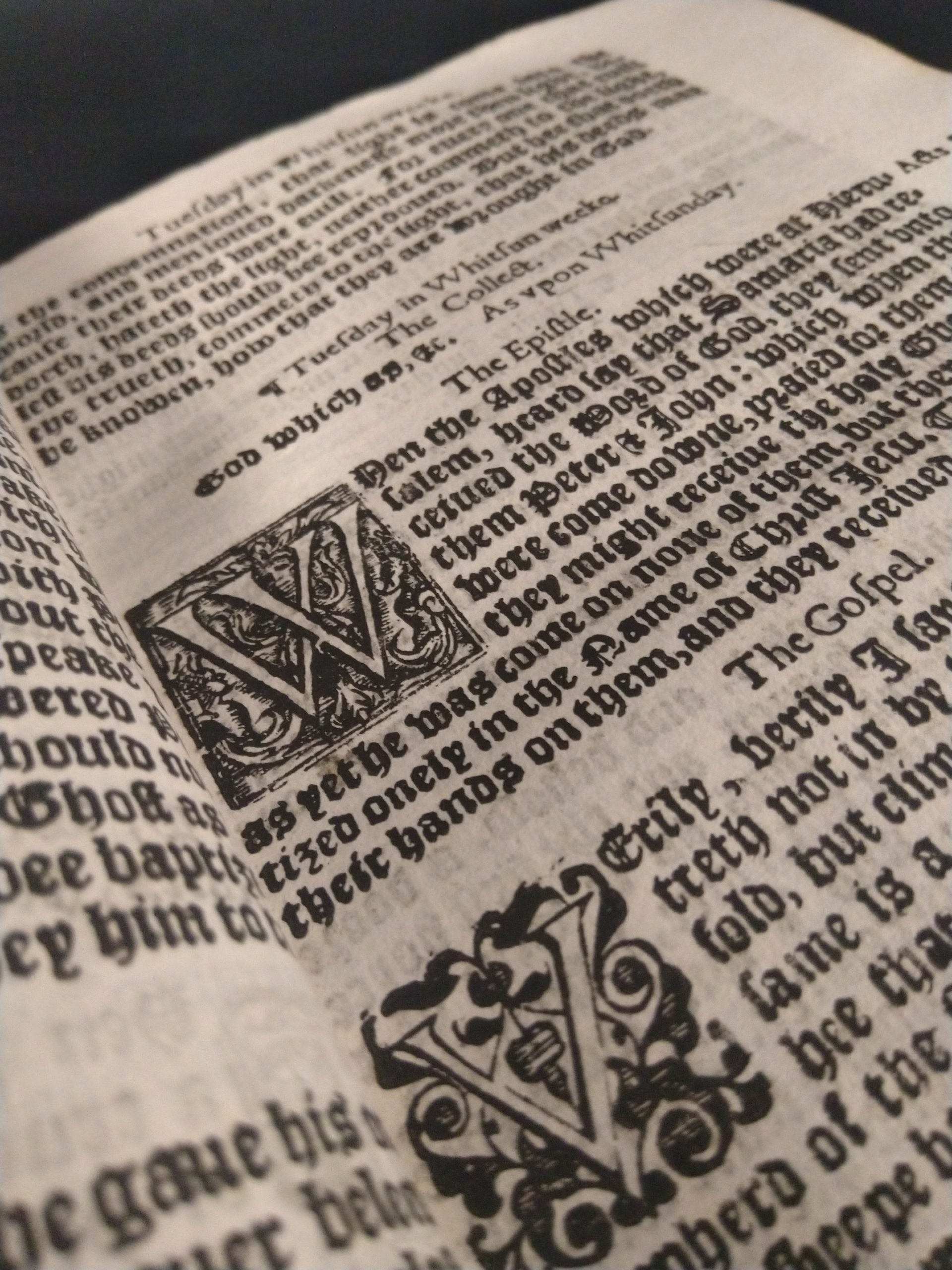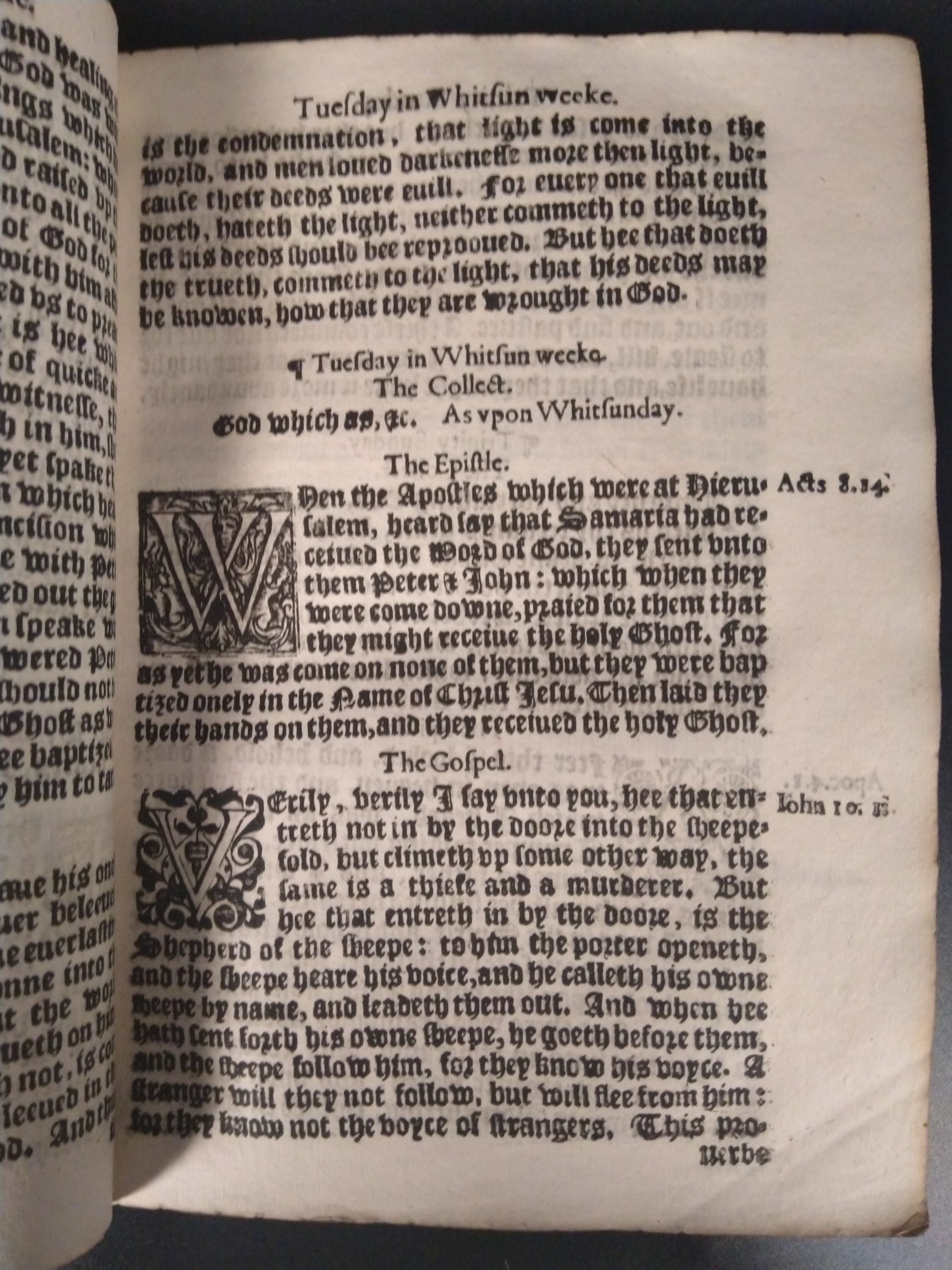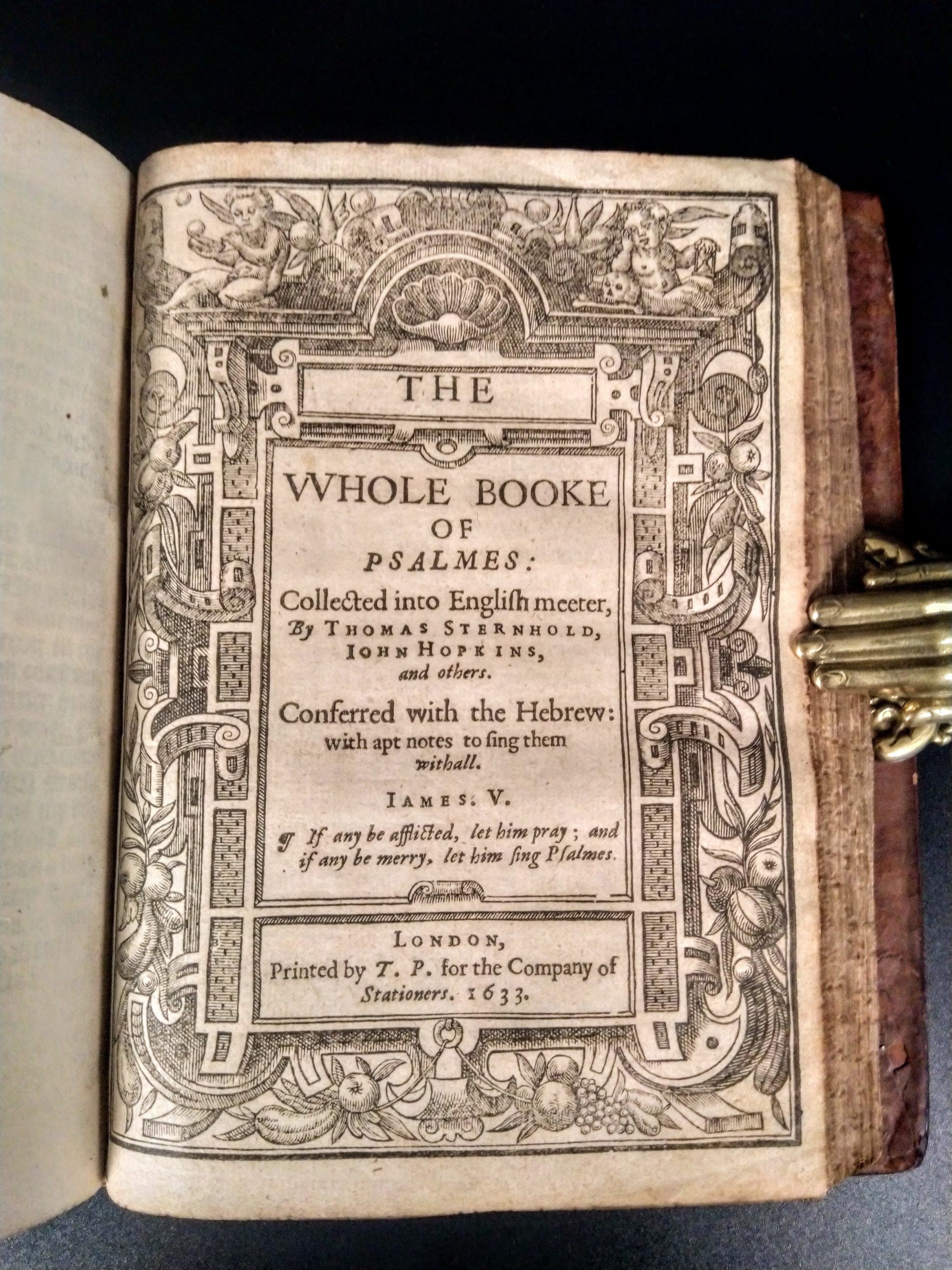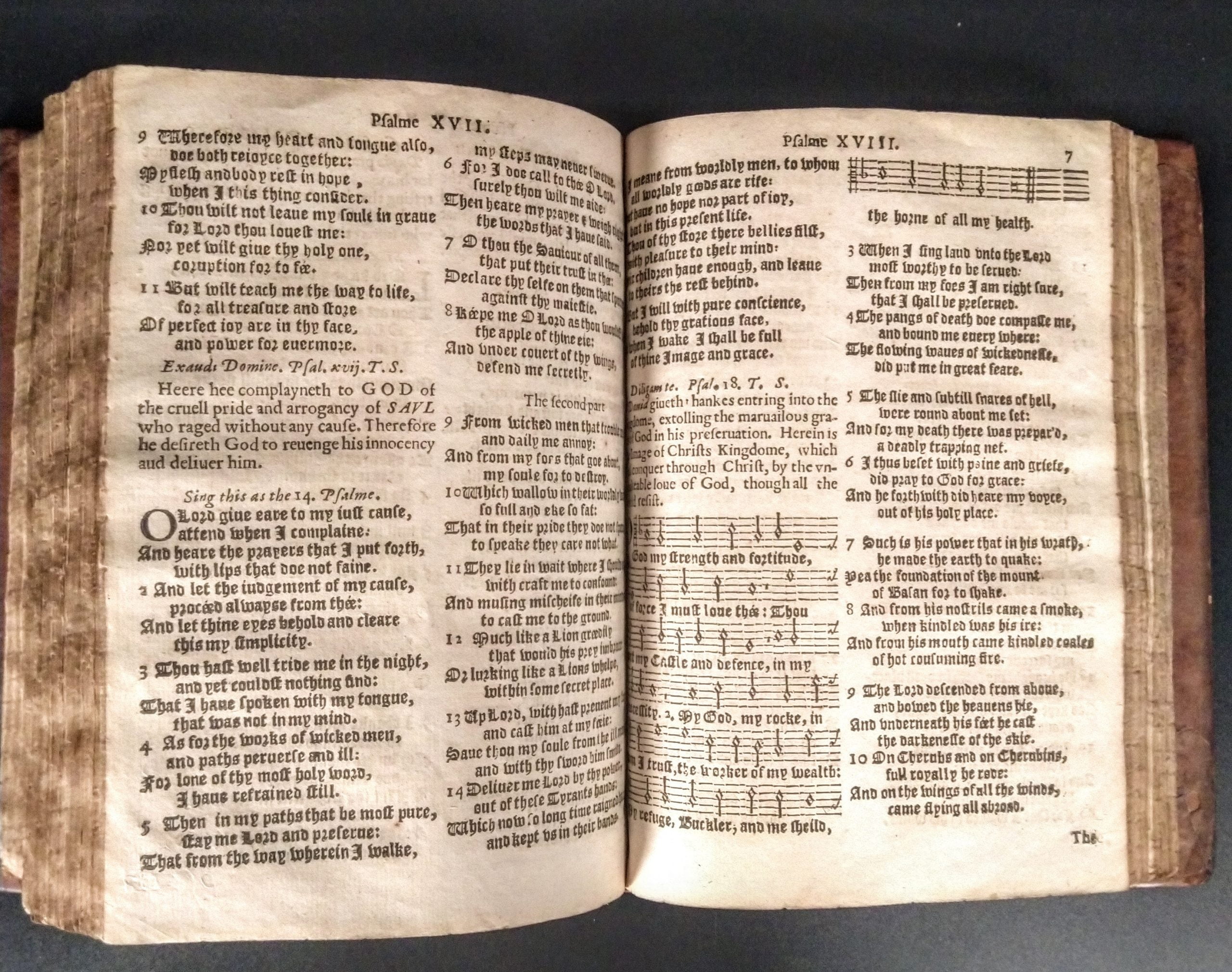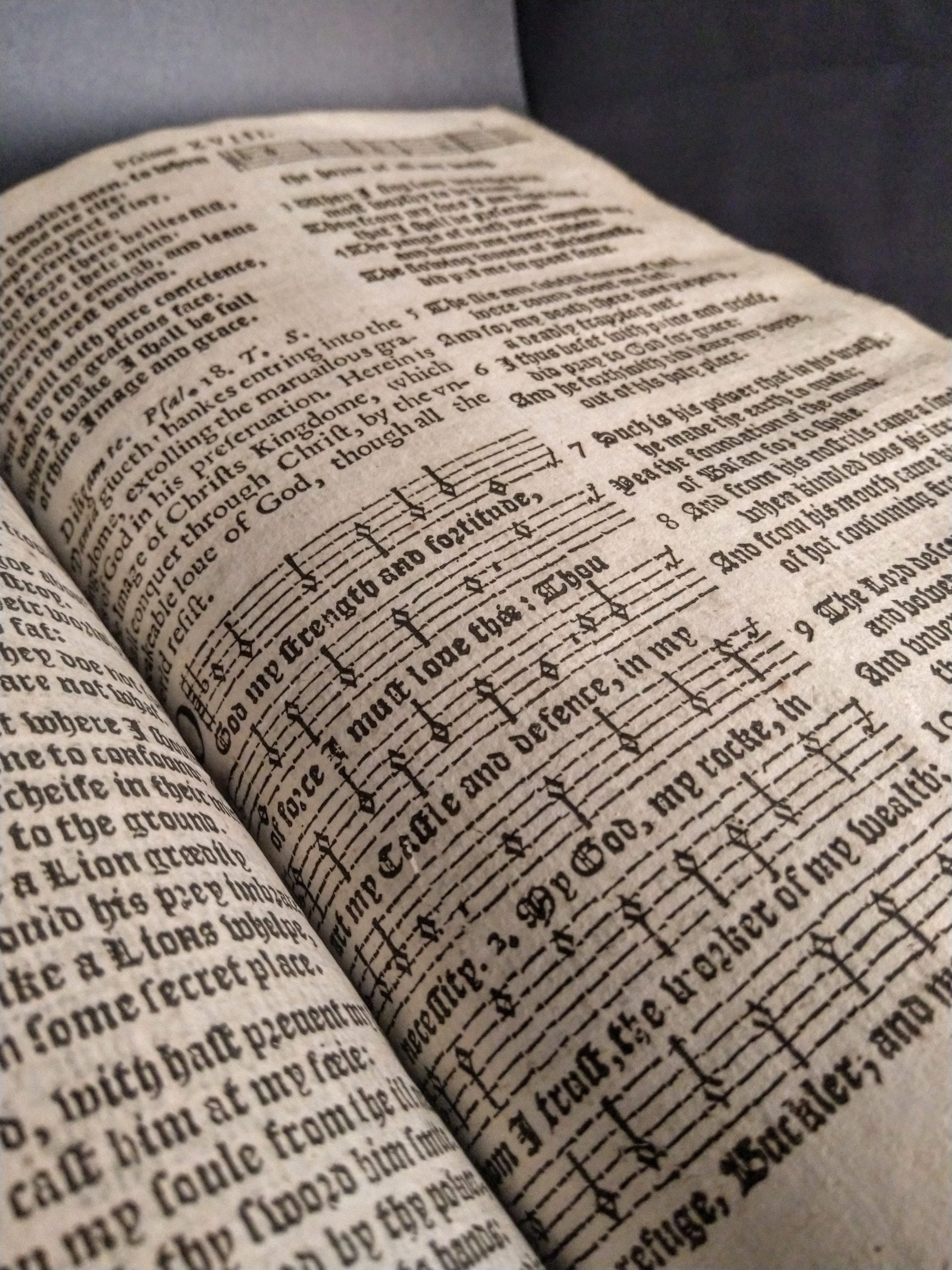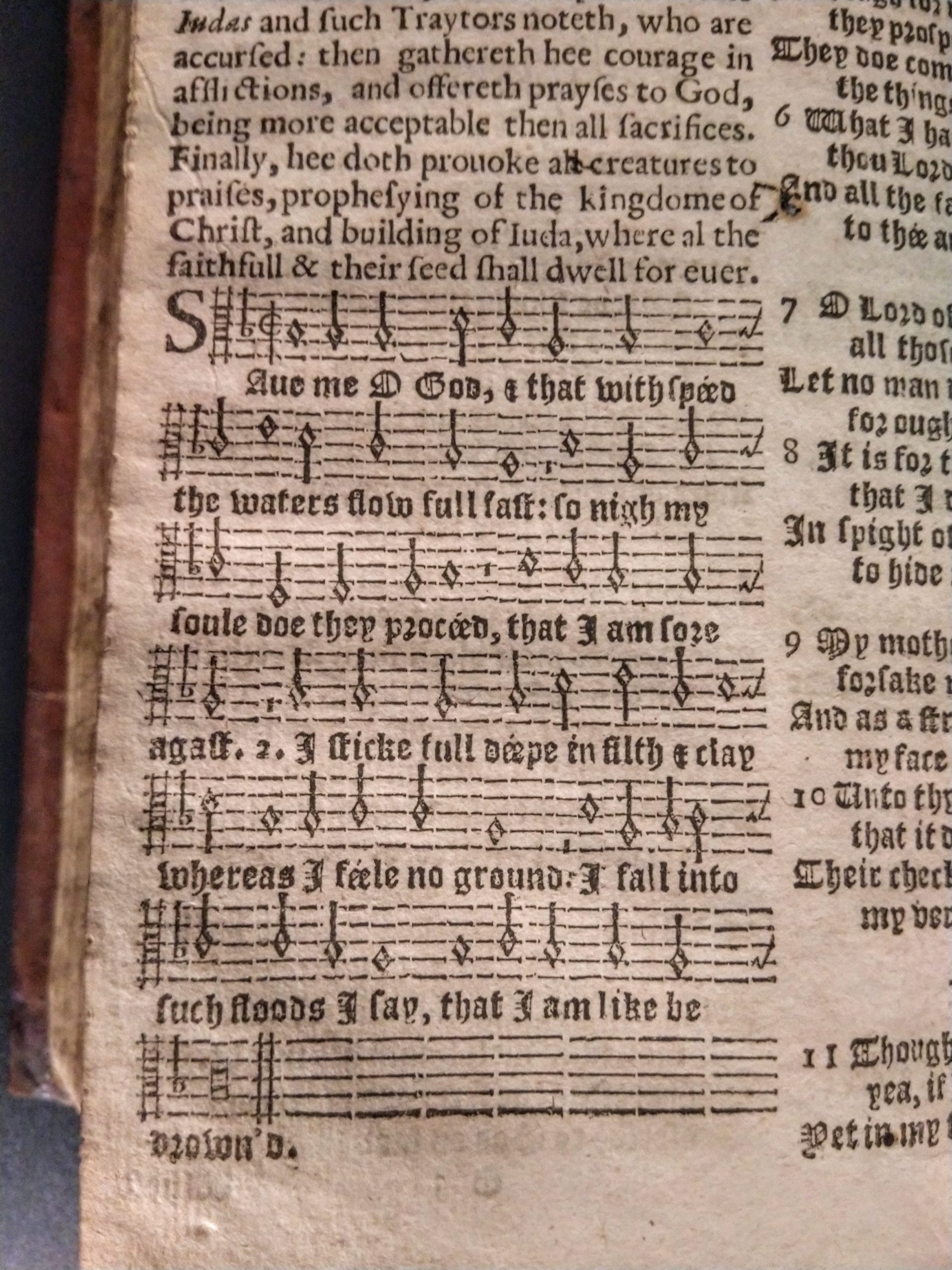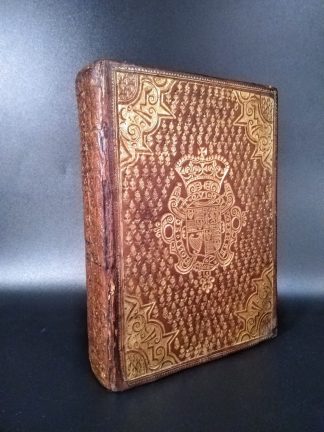[BIBLE]
ROYAL BINDING
(1) The booke of common prayer and administration of the sacraments, and other rites and ceremonies of the Church of England [with] (2) The Whole Booke of Psalmes: Collected into English meter, By Thomas Sternhold, John Hopkins, and others.
London, (1) printed by Robert Barker, and by the assignes of Iohn Bill, 1634. (2) Printed by T. P. for the Company of Stationers, 1633£5,250.00
4to. Two vols in one. 1) 256 unnumbered leaves. A-2I . 2) ff. [i], 30, 13, 31, 33-47, 47-125, [vii]: A-M , lacking final index leaf M8. Black letter, some Roman and Italic. Title printed in red and black within woodcut allegorical border incorporating the royal arms at head, calendar in red and black, title for the Psalms within architectural woodcut border, woodcut initials and headpieces, typographical ornaments, engraved armorial bookplate of Thomas Lancaster on pastedown, Robert S Pirie’s on rear pastedown. Light age yellowing, first title, slightly dusty, torn in lower outer corner affecting woodcut border and contents on verso, light marginal soiling and spotting on a few leaves. A very good copy in splendid contemporary calf, covers bordered with a double gilt rule, large gilt stamped corner-pieces, large arms of Charles I gilt stamped at centres, semée of thistle tools gilt, spine anciently rebacked with original spine laid down intact, with all over design of repeated scroll tools, joints cracked, extremity of lower corners repaired, all edges richly gilt and gauffered.
A very handsome copy of this Book of Common prayer from the Laudian heyday, completed with the Psalter, both charmingly printed in Black letter, in a beautiful contemporary Royal binding with the arms of Charles I. The binding is similar in style to one in the British library shelfmark c47k4 also with Charles royal arms, on a work dated 1635, with a semé of tools and large blocked corner-pieces. It is possible the binding was made for use in one of the Royal chapels. In 1633 Land was appointed Archbishop of Canterbury and for the next seven years he applied his considerable energies to the promotion of a national church that in its liturgy, its discipline and canons was sacramental without being Catholic and protestant without being puritan. His efforts ended in apparent ignominious failure on the scaffold, but though he could not force the establishment of his principles during his lifetime, the Anglican church he envisaged was the one to which it eventually became. The Booke of Common prayer contains, “A proclamation for the authorizing an uniformitie of the Booke of Common Prayer to bee used throughout the Realme.” This proclamation was put into practise with the production of a Book of Common Prayer for Scotland with disastrous results. “King Charles was firmly of a mind to extend Anglican forms to Scotland, particularly as expressed in the Book of Common Prayer, and the great majority of the Scottish people were equally determined to resist. Charles was not one for compromise, and so had the Scottish Bishops, with the approval of Archbishop William Laud, draw up a Book of Common Prayer for Scotland. This Book was promulgated in 1637 and was immediately denounced by the Scottish people; it was never even put into use” The Book of Common Prayer for Scotland (1637). It caused riots on its first use in St. Giles Church in Edinburgh.
“The English Book of Common Prayer was the first single manual of worship in a vernacular language directed to be used universally by, and common to, both priest and people …. one of the greatest of all liturgical rationalizations” (PMM)
A very beautiful contemporary Royal binding.
ESTC S122865. STC 16397 2) ESTC S122866. STC 2641.In stock


